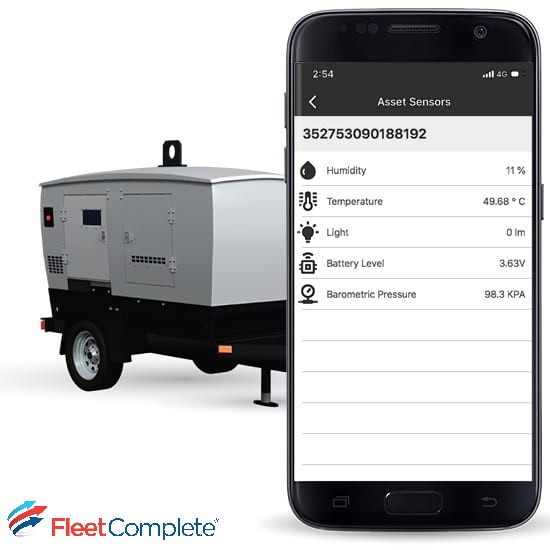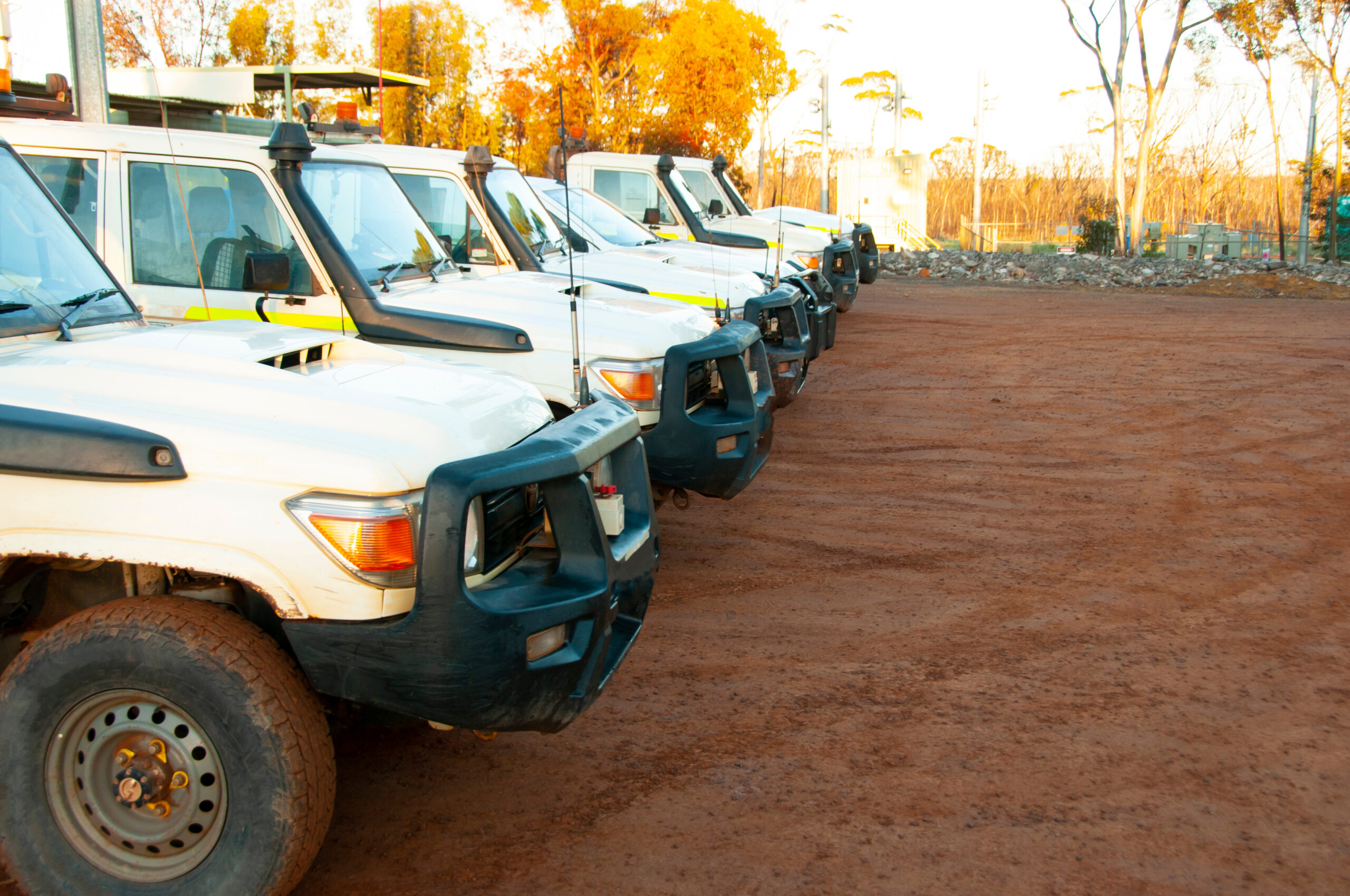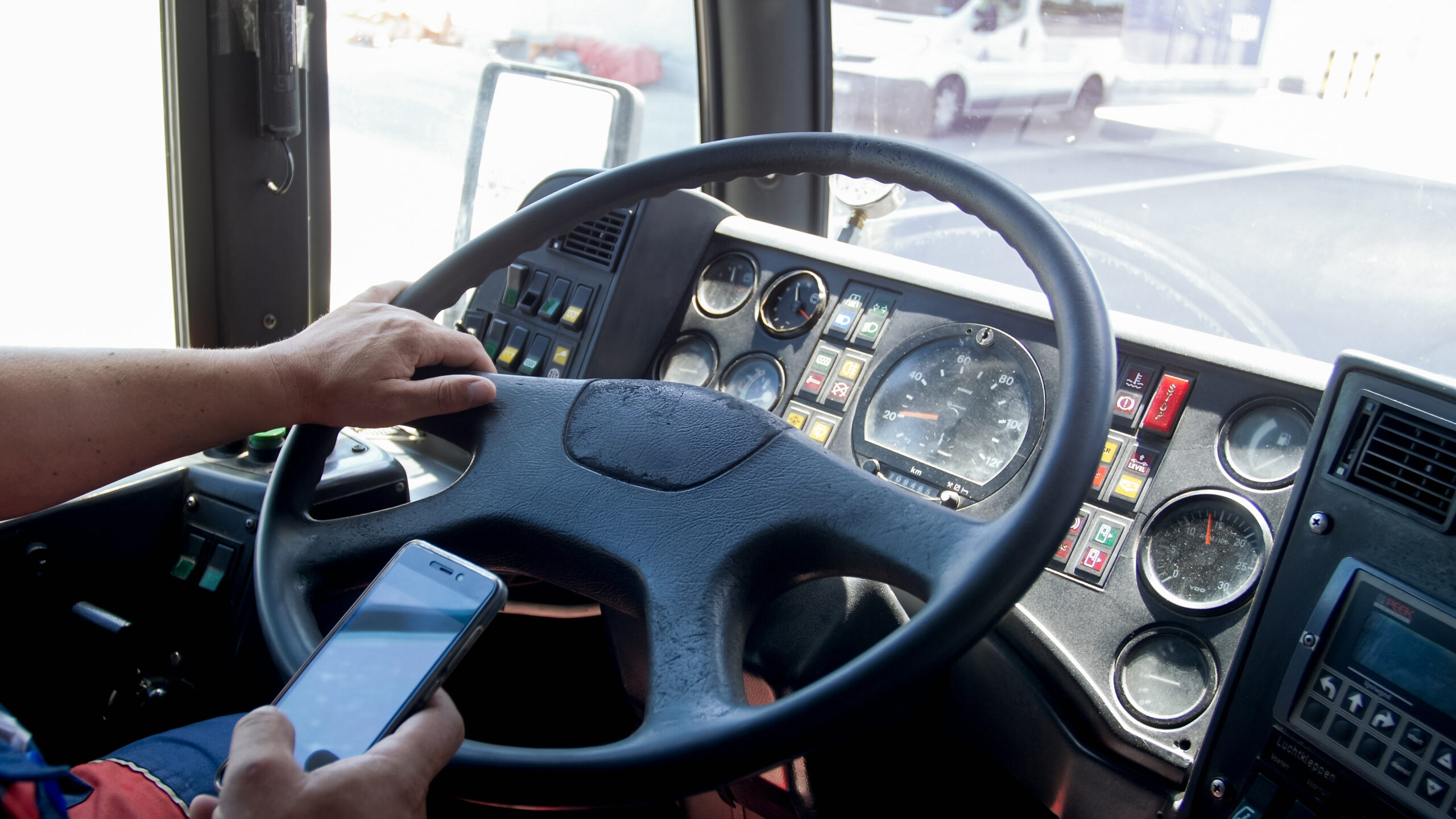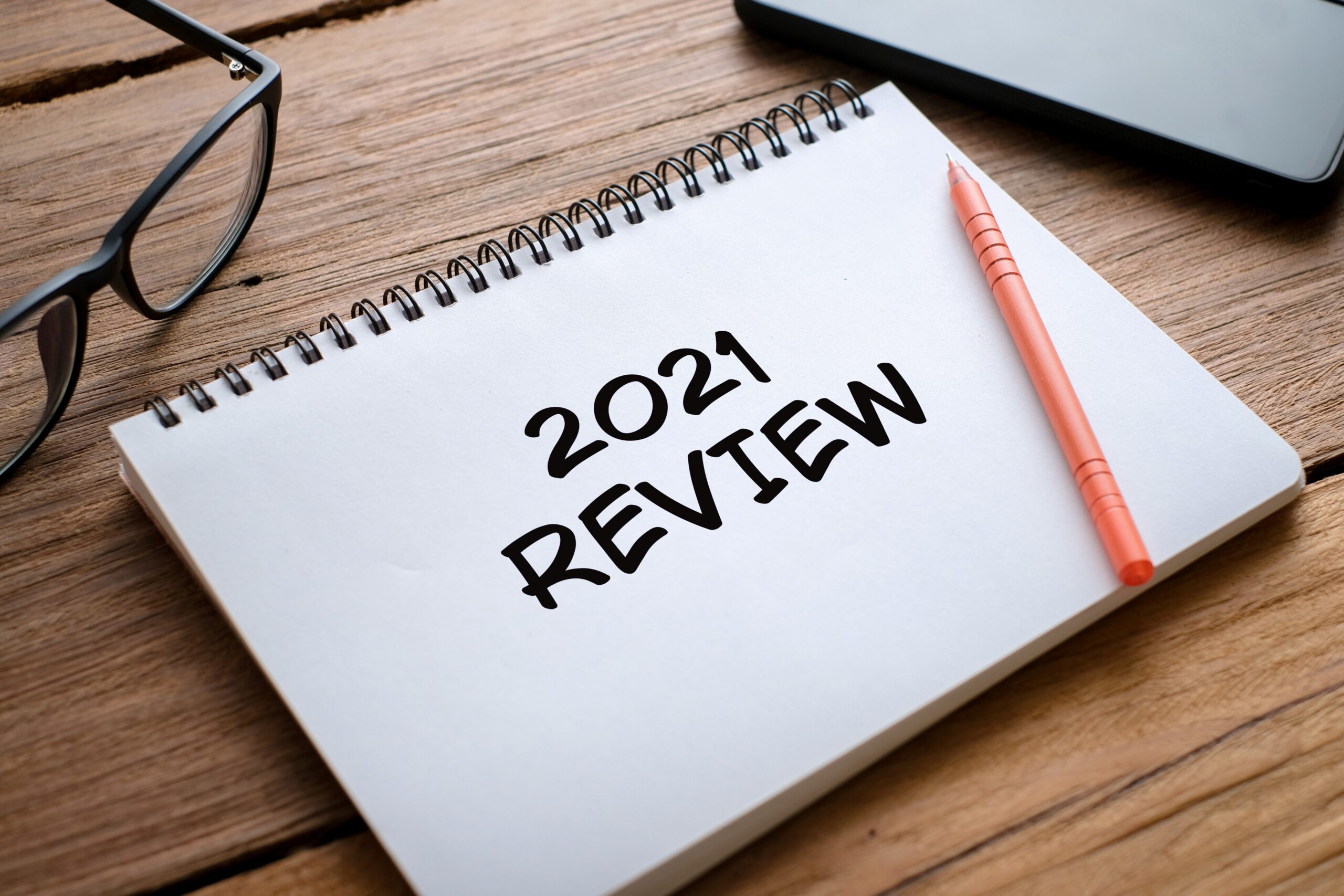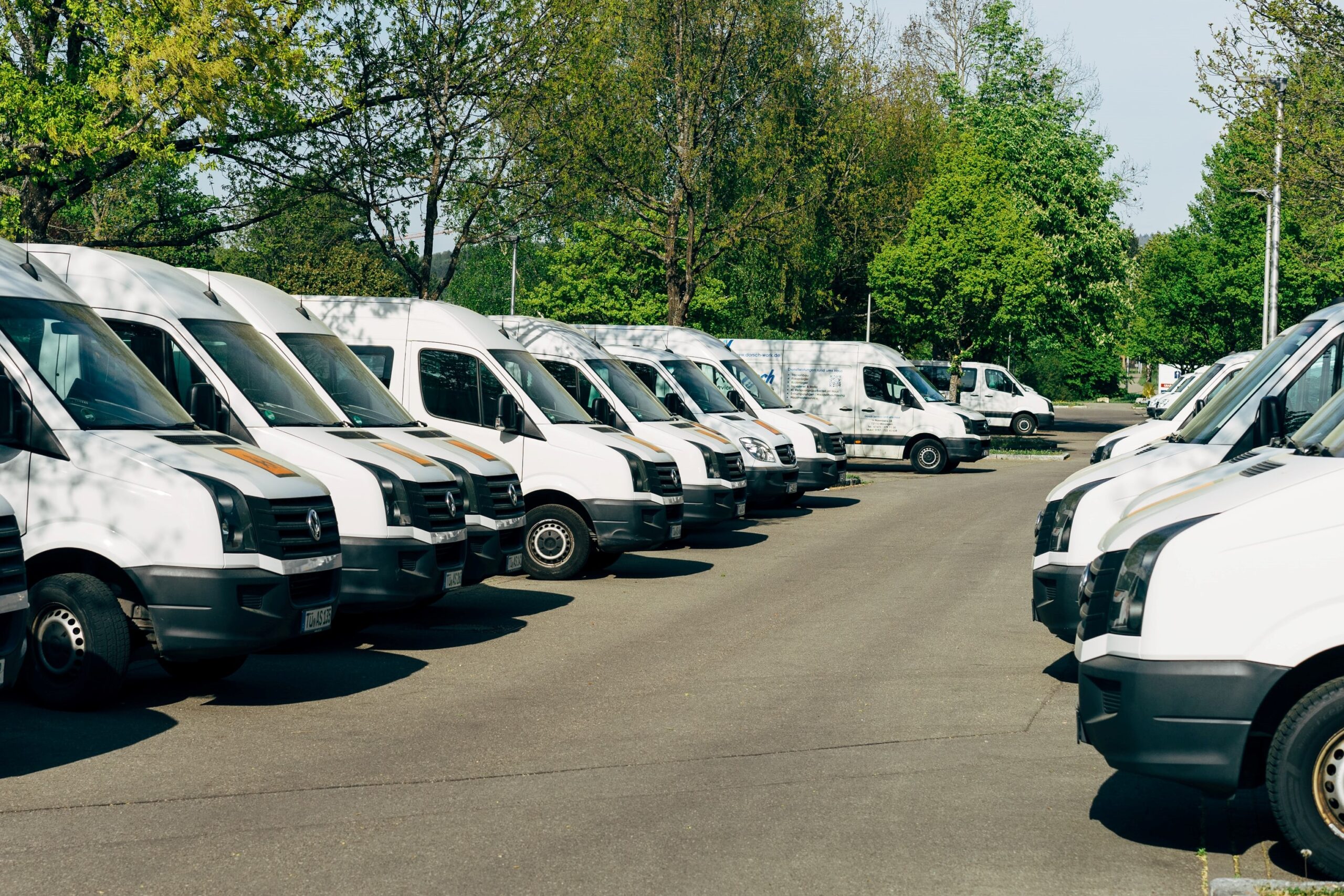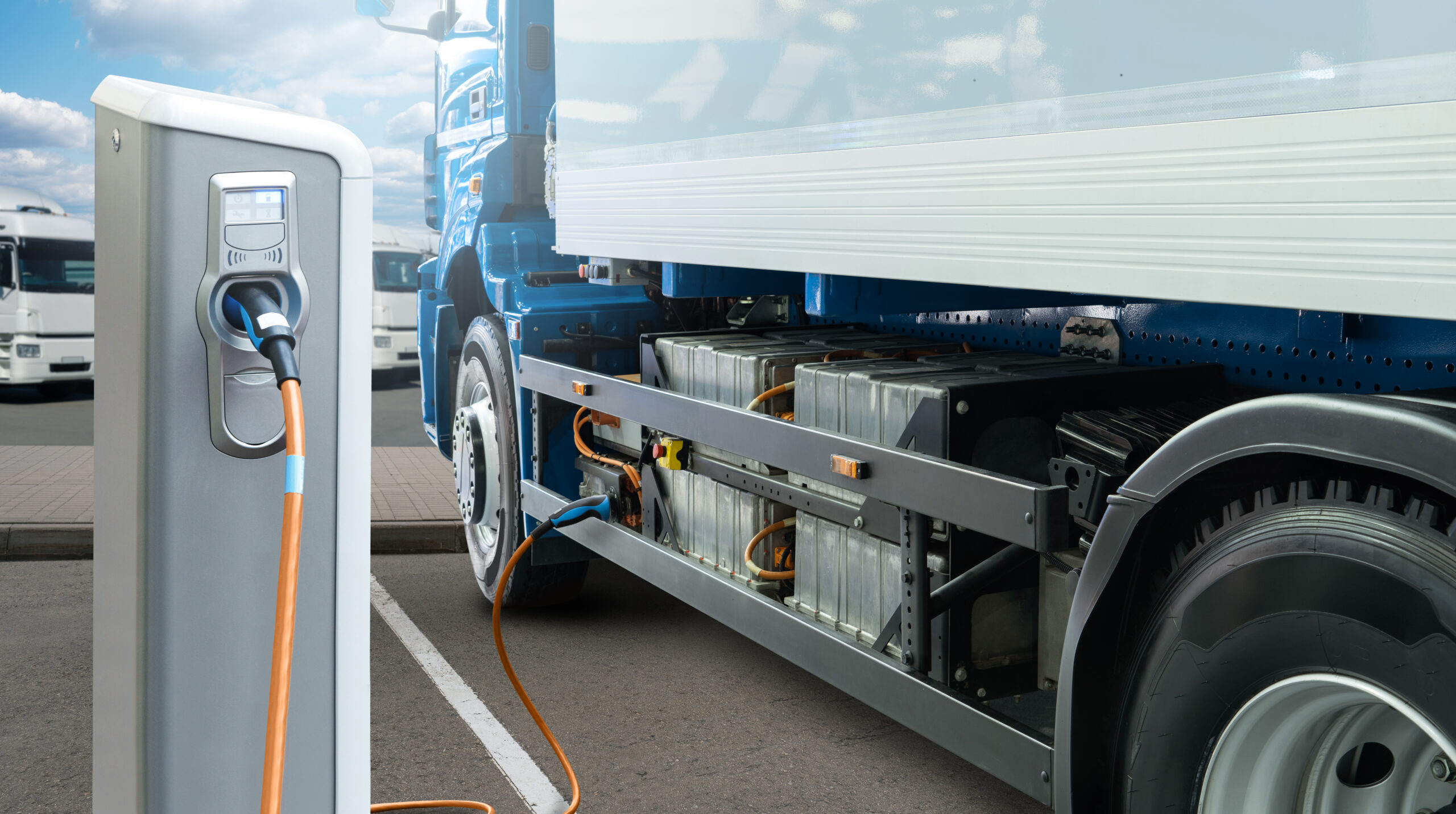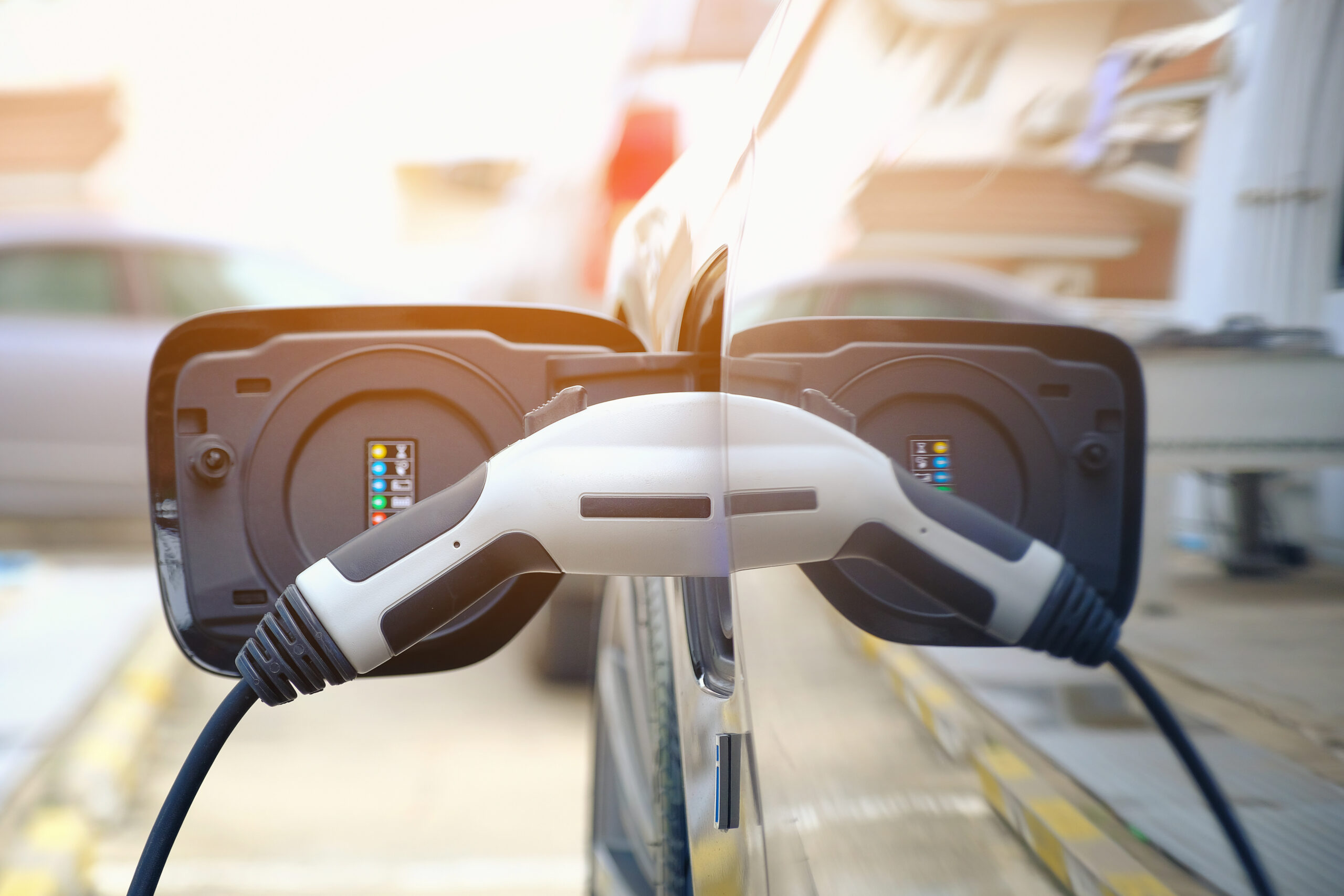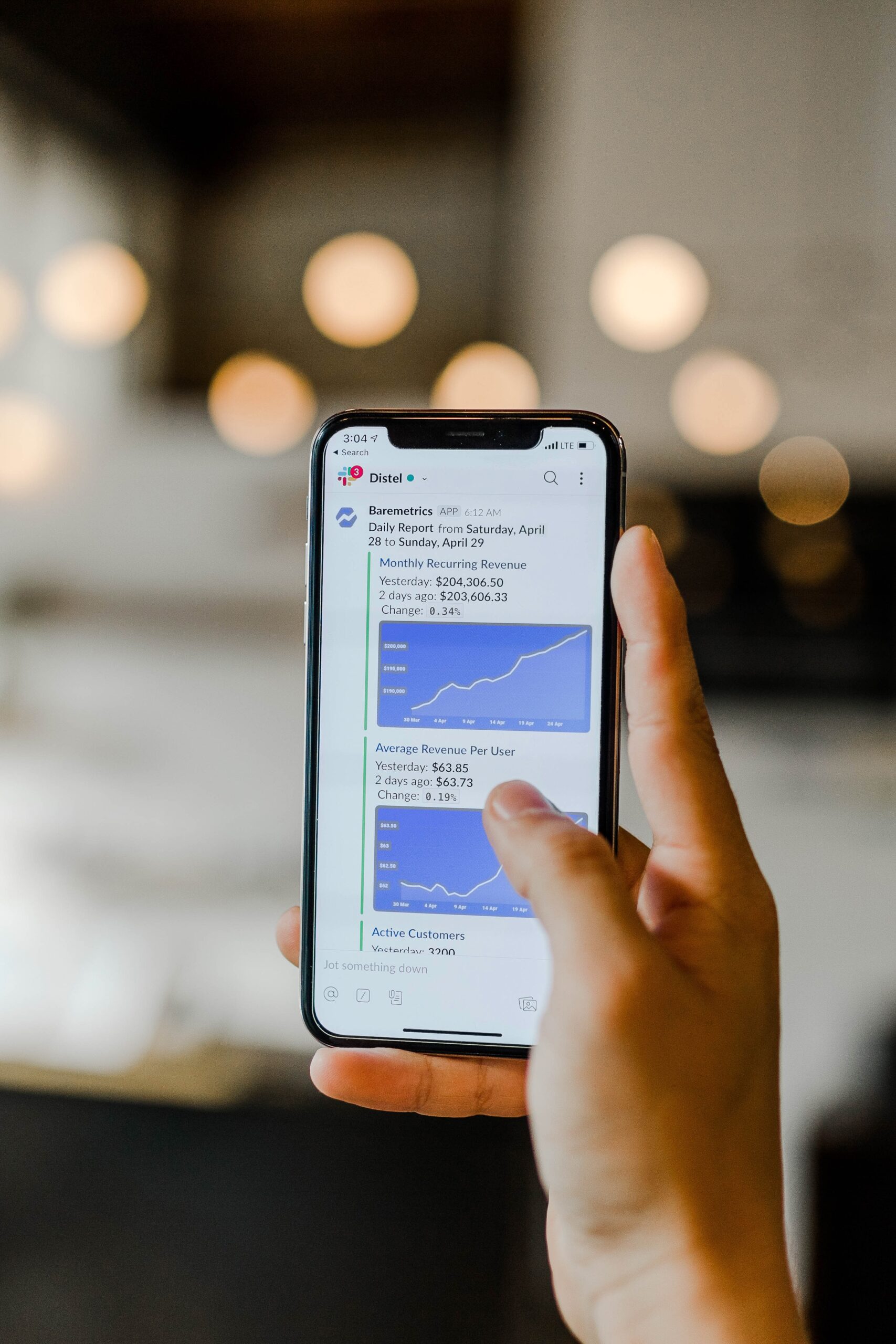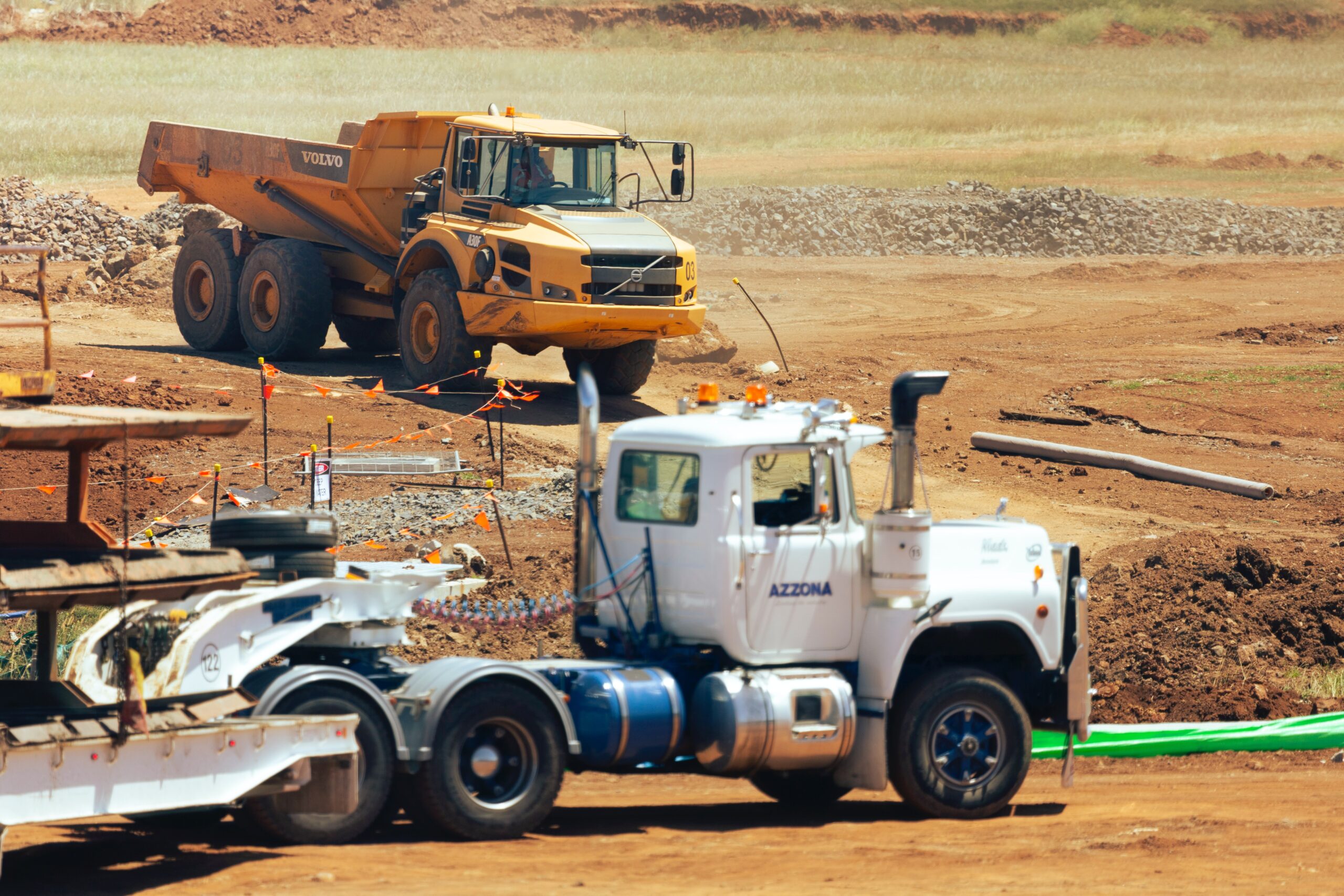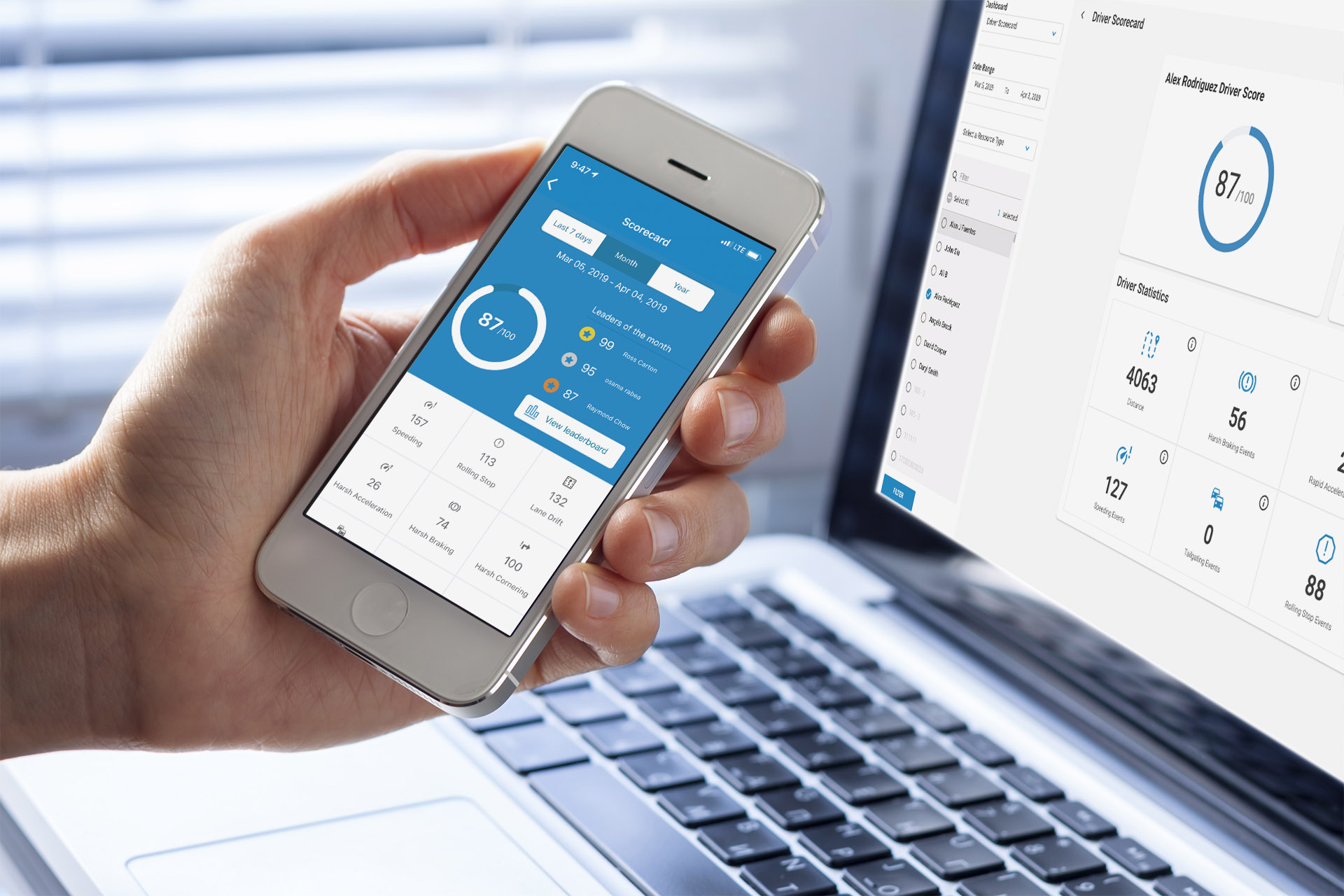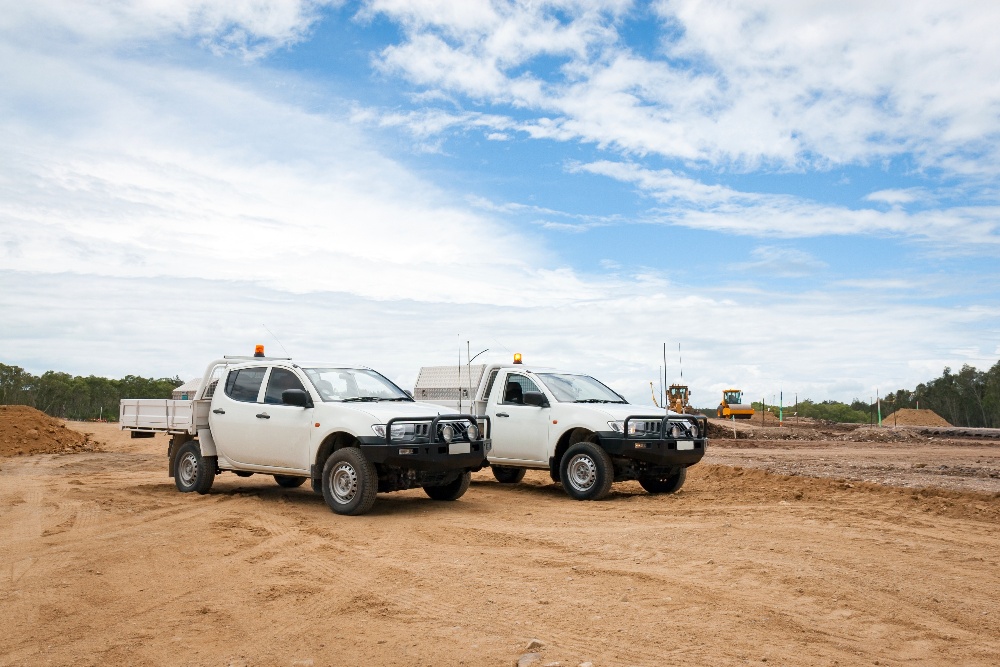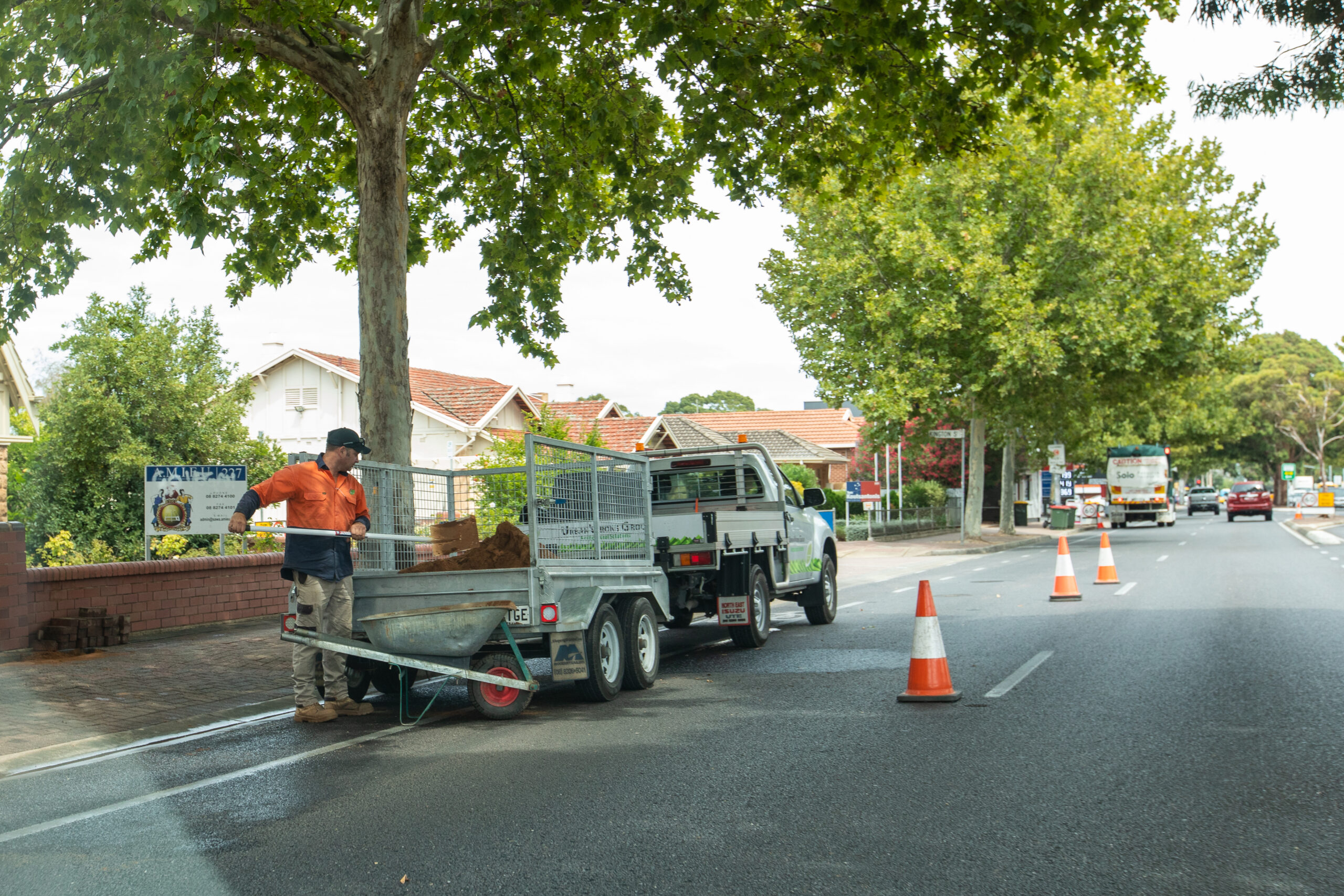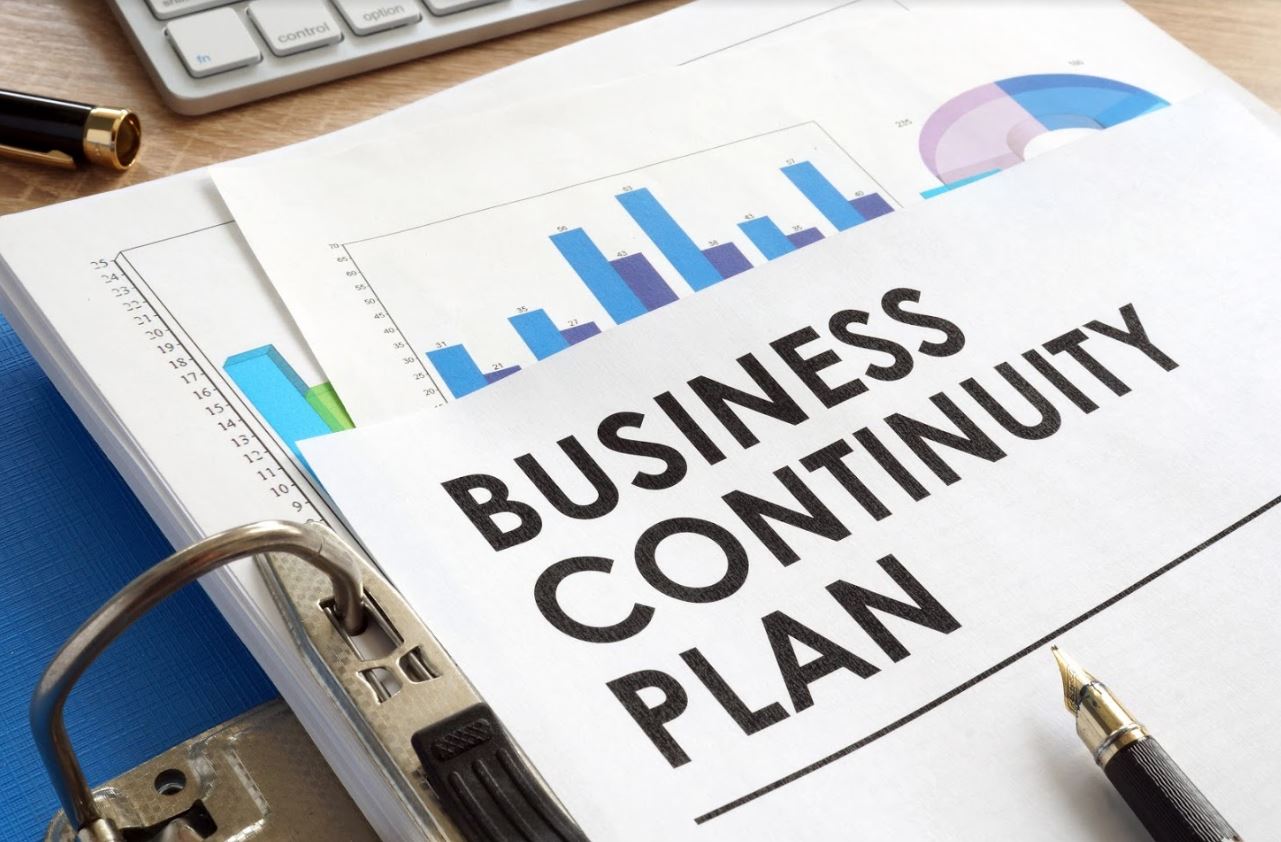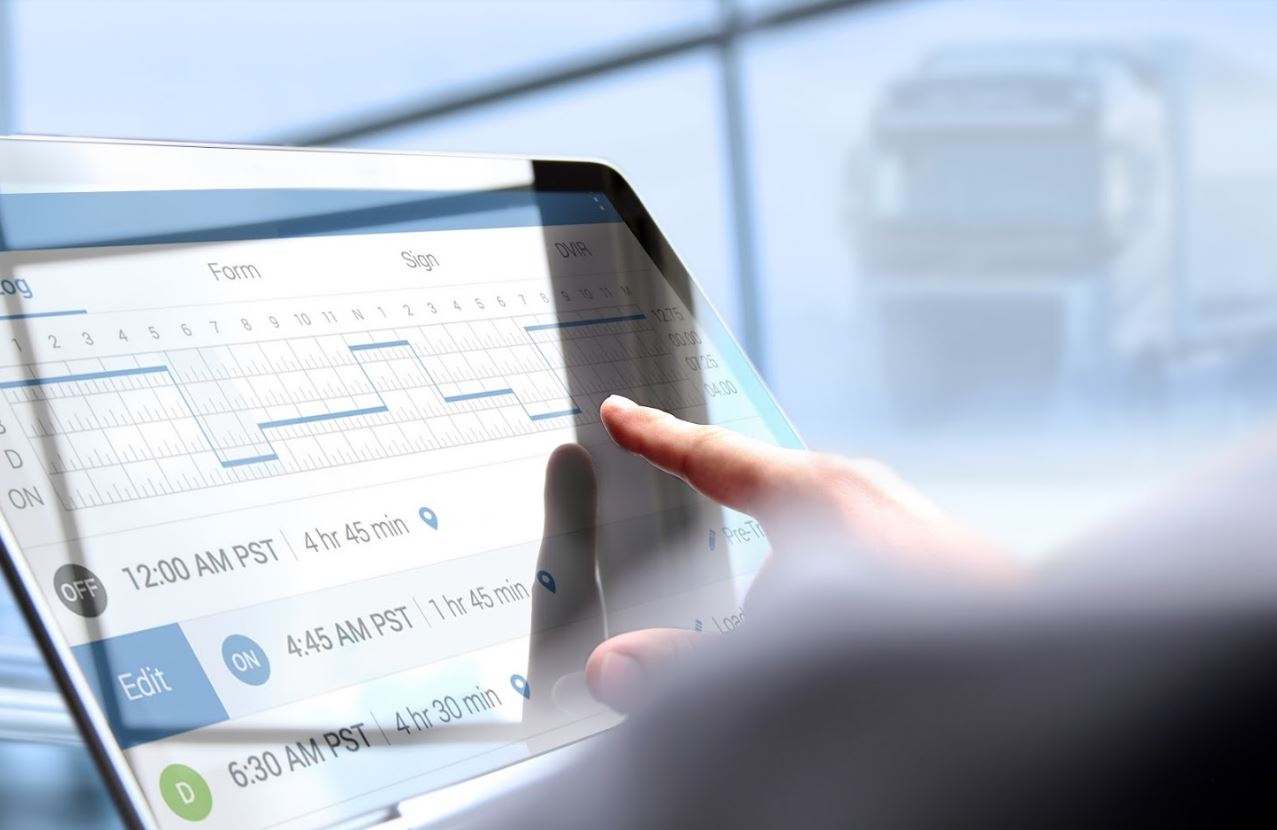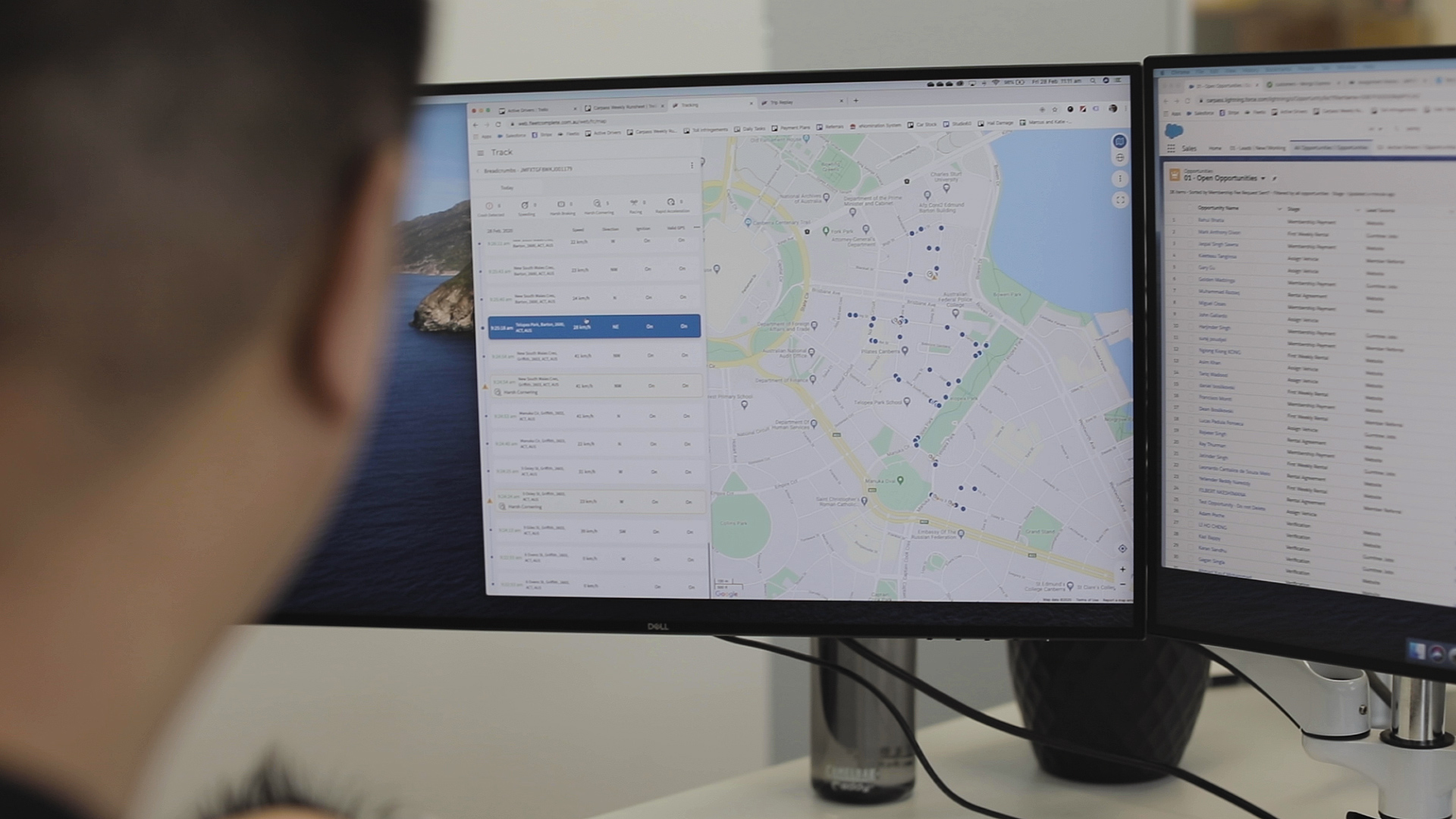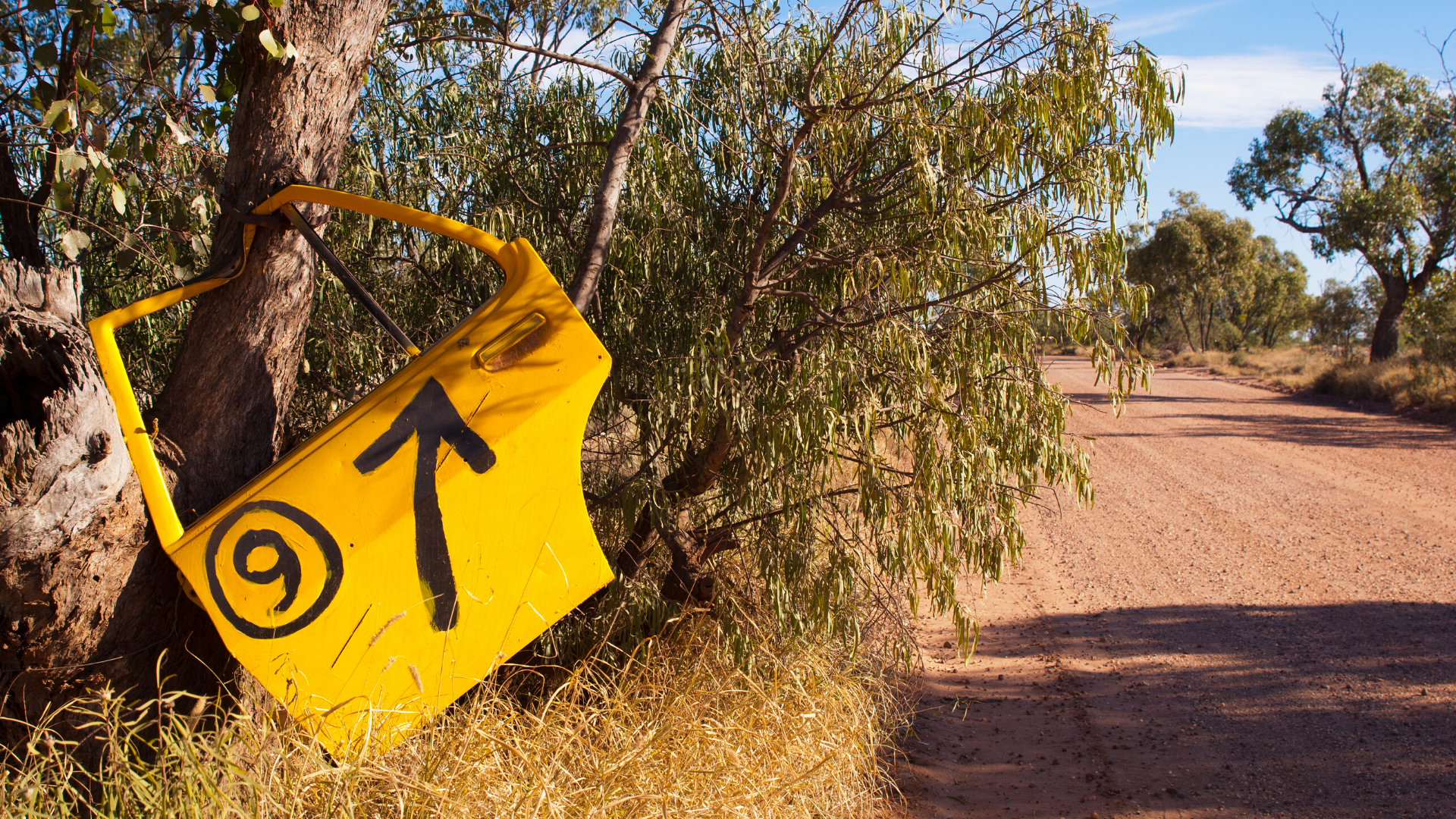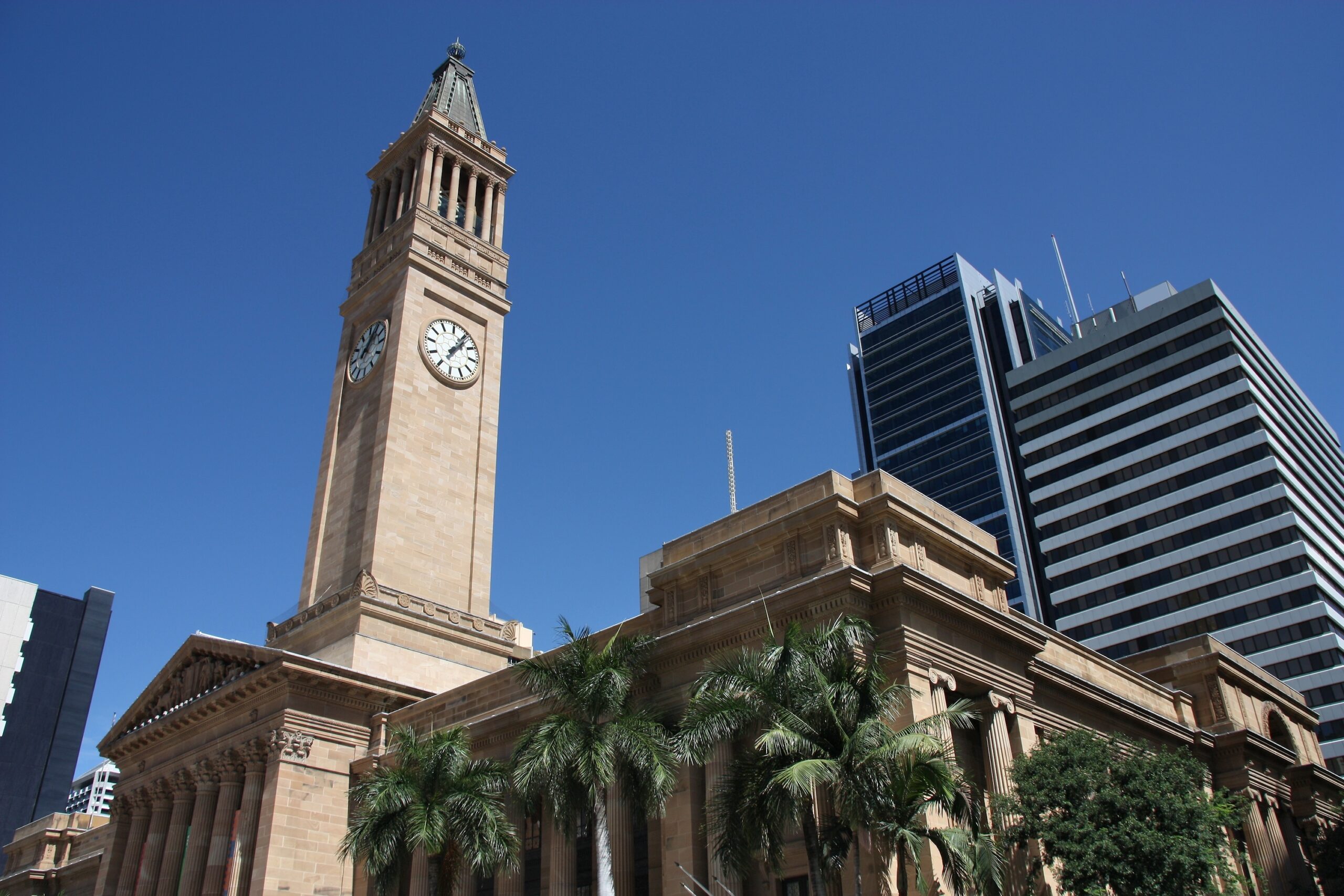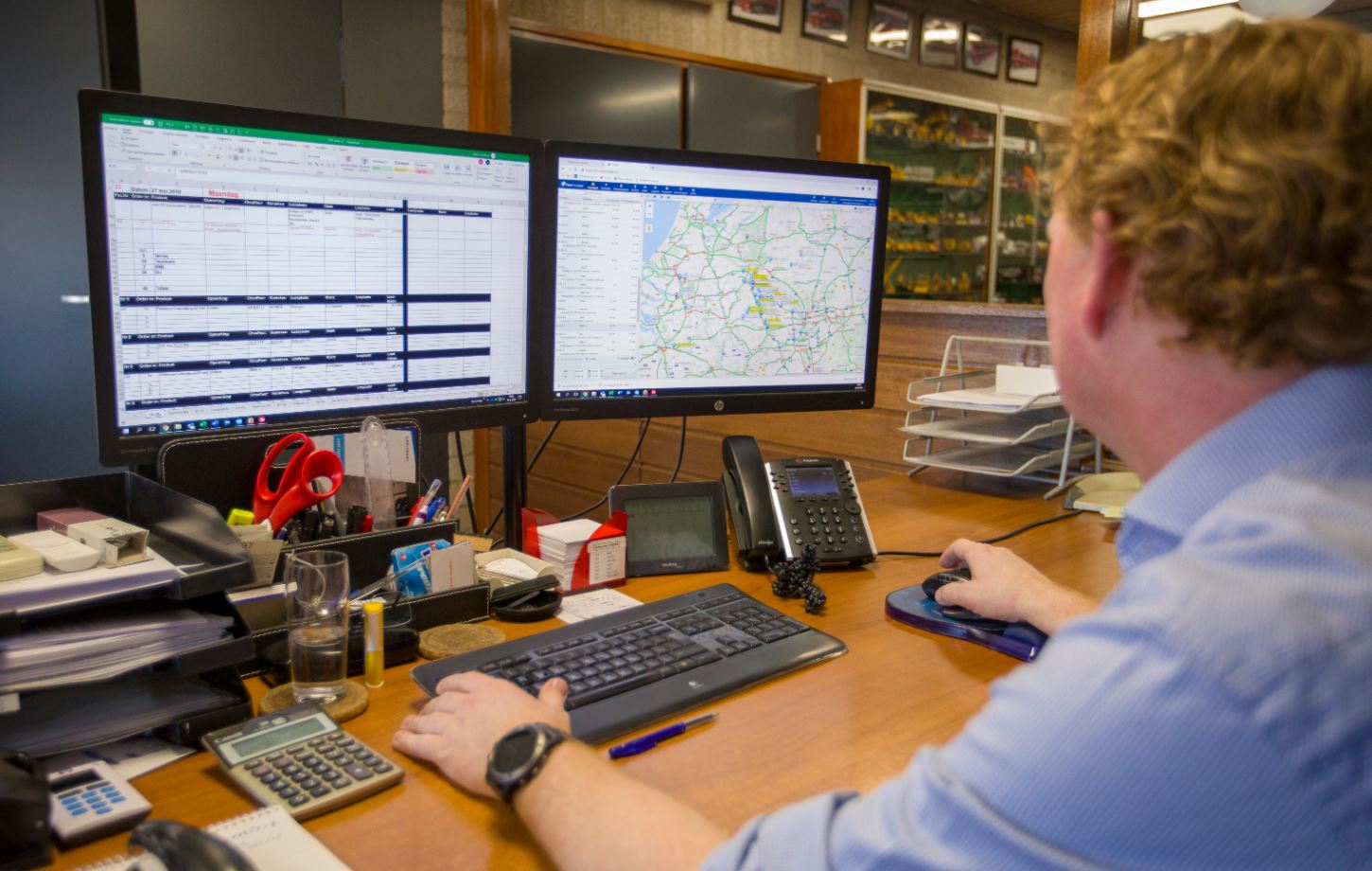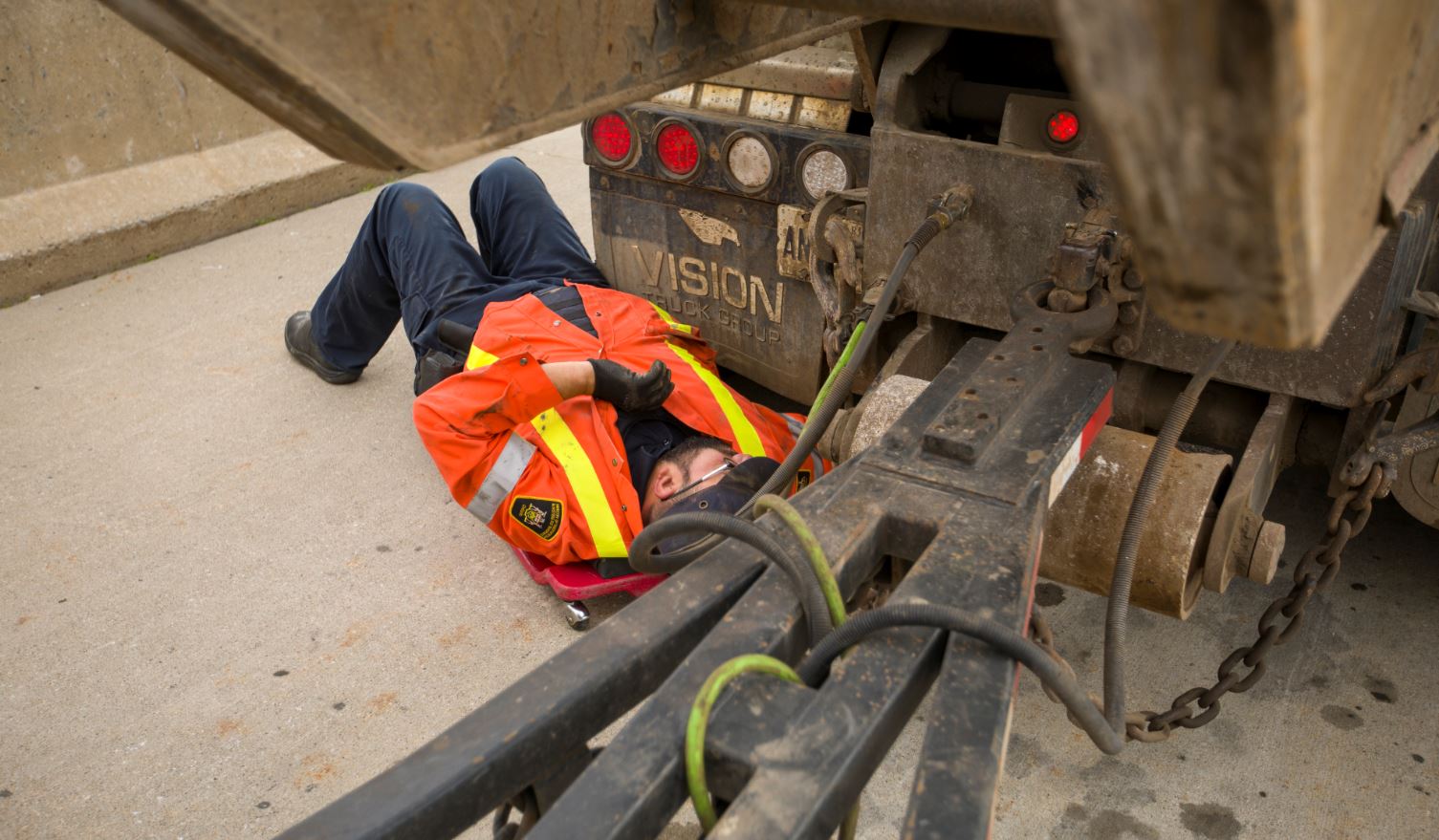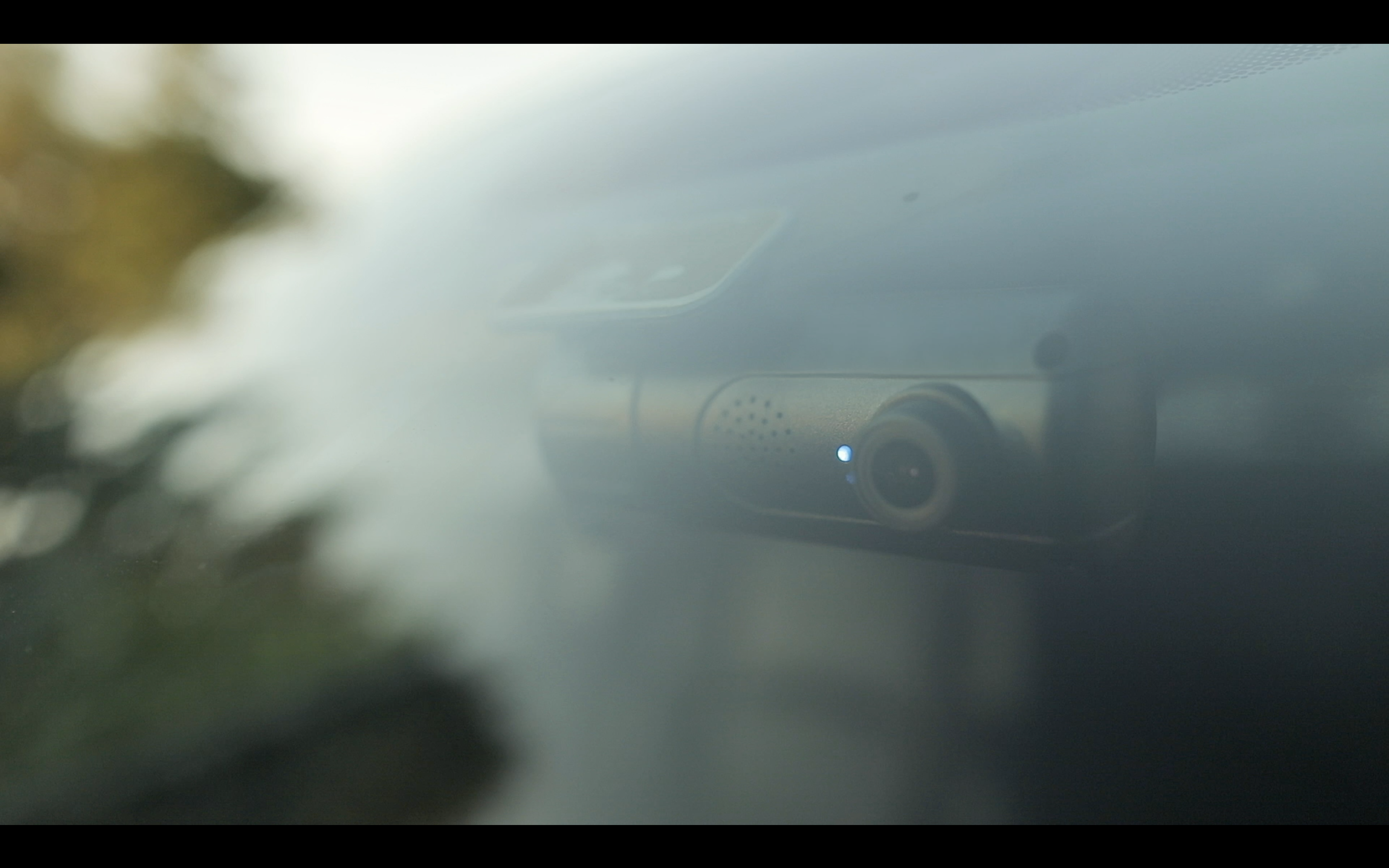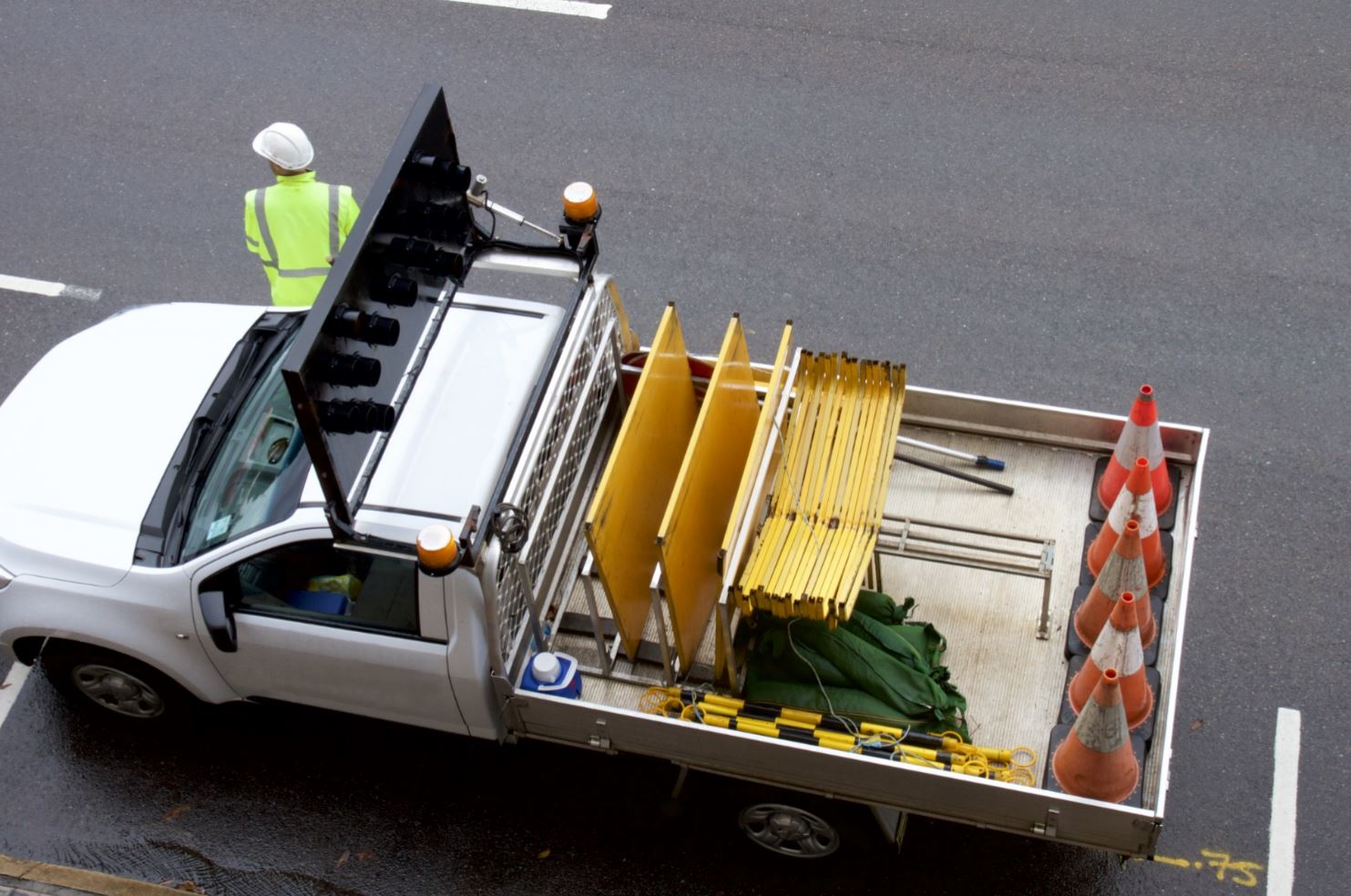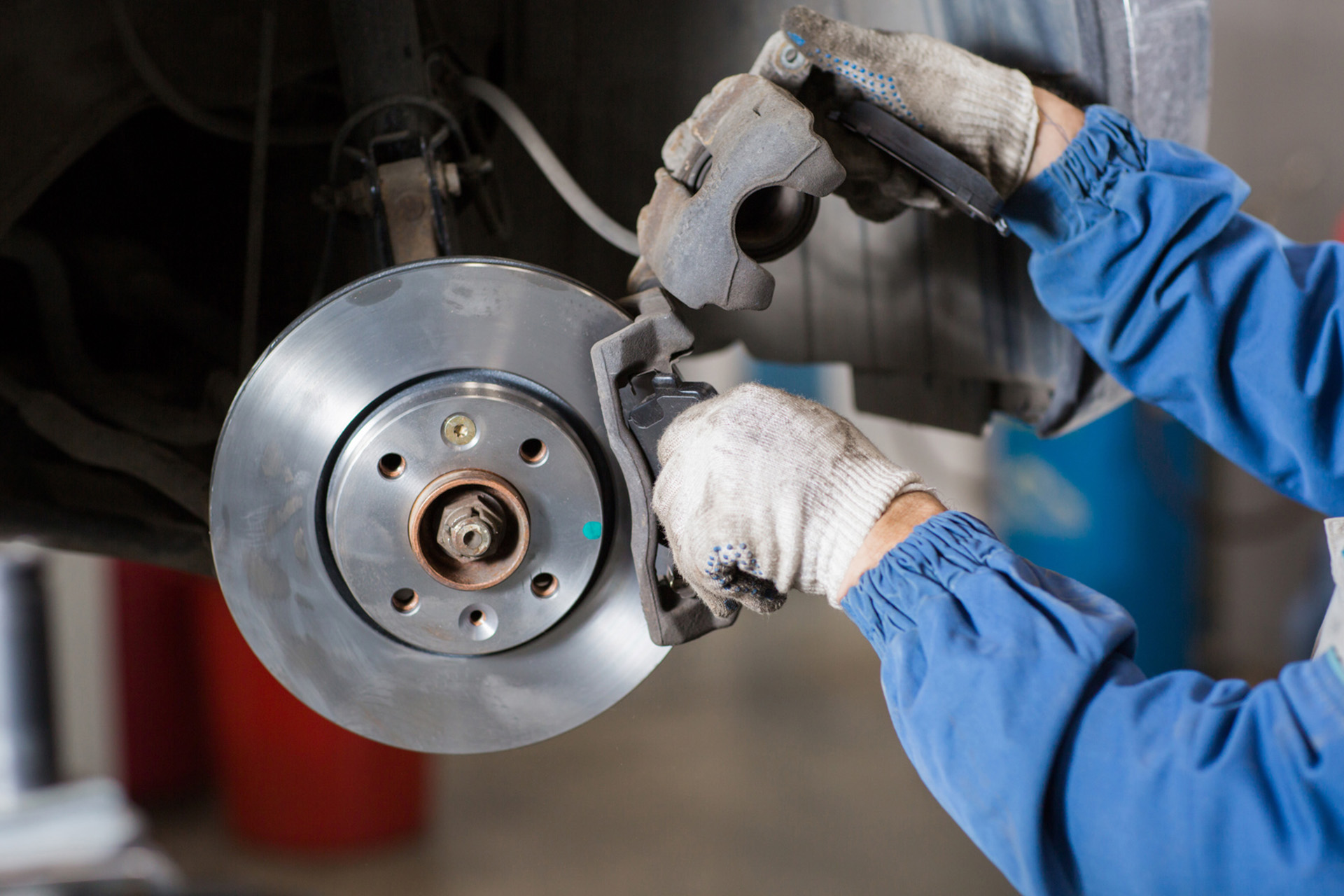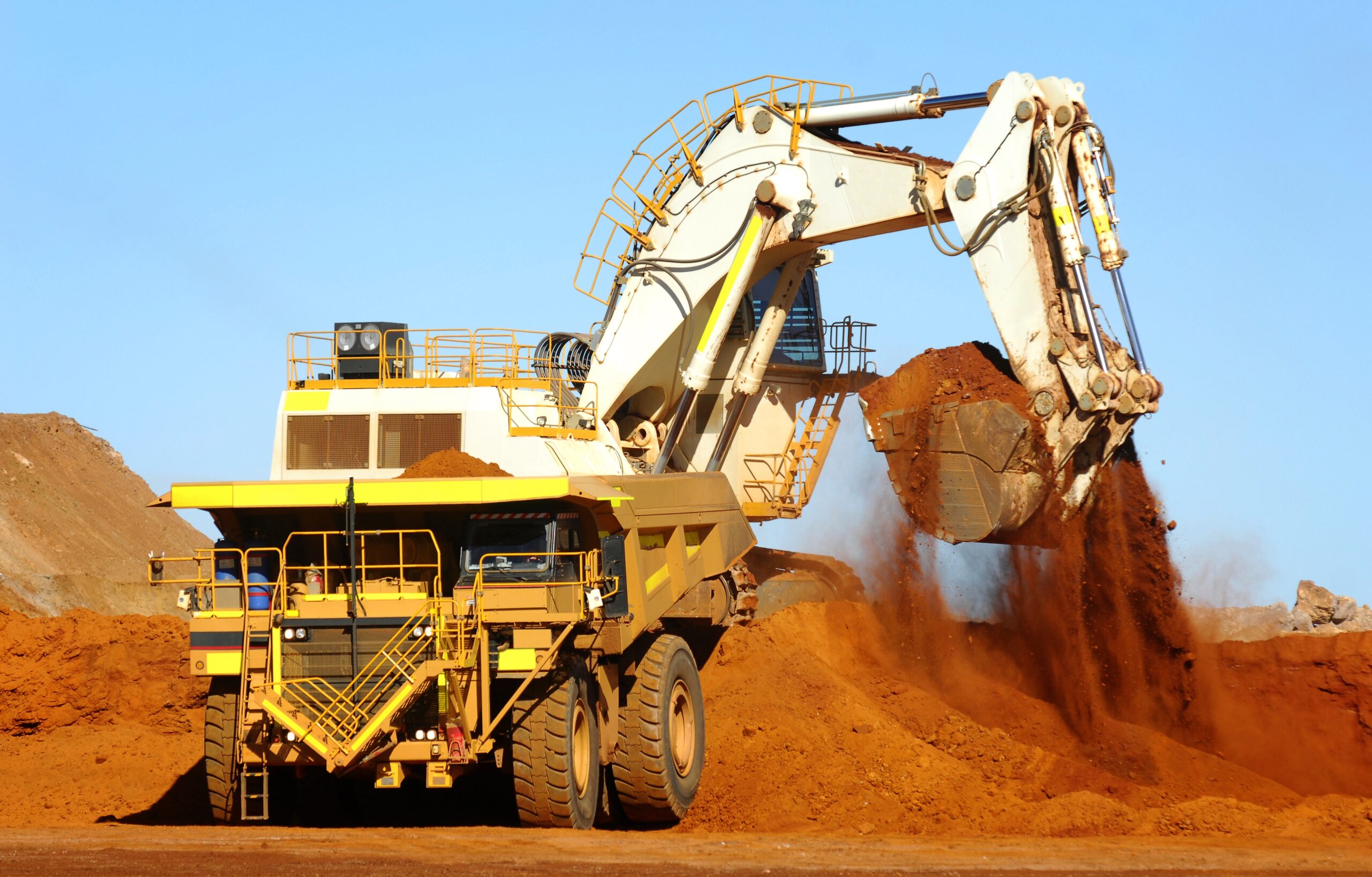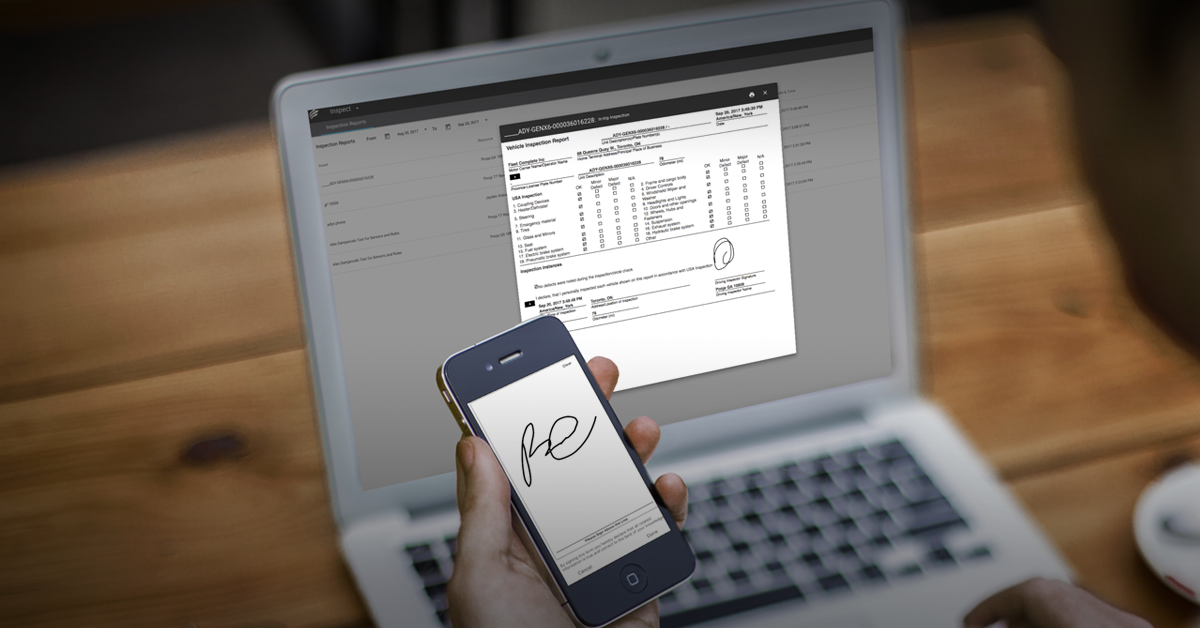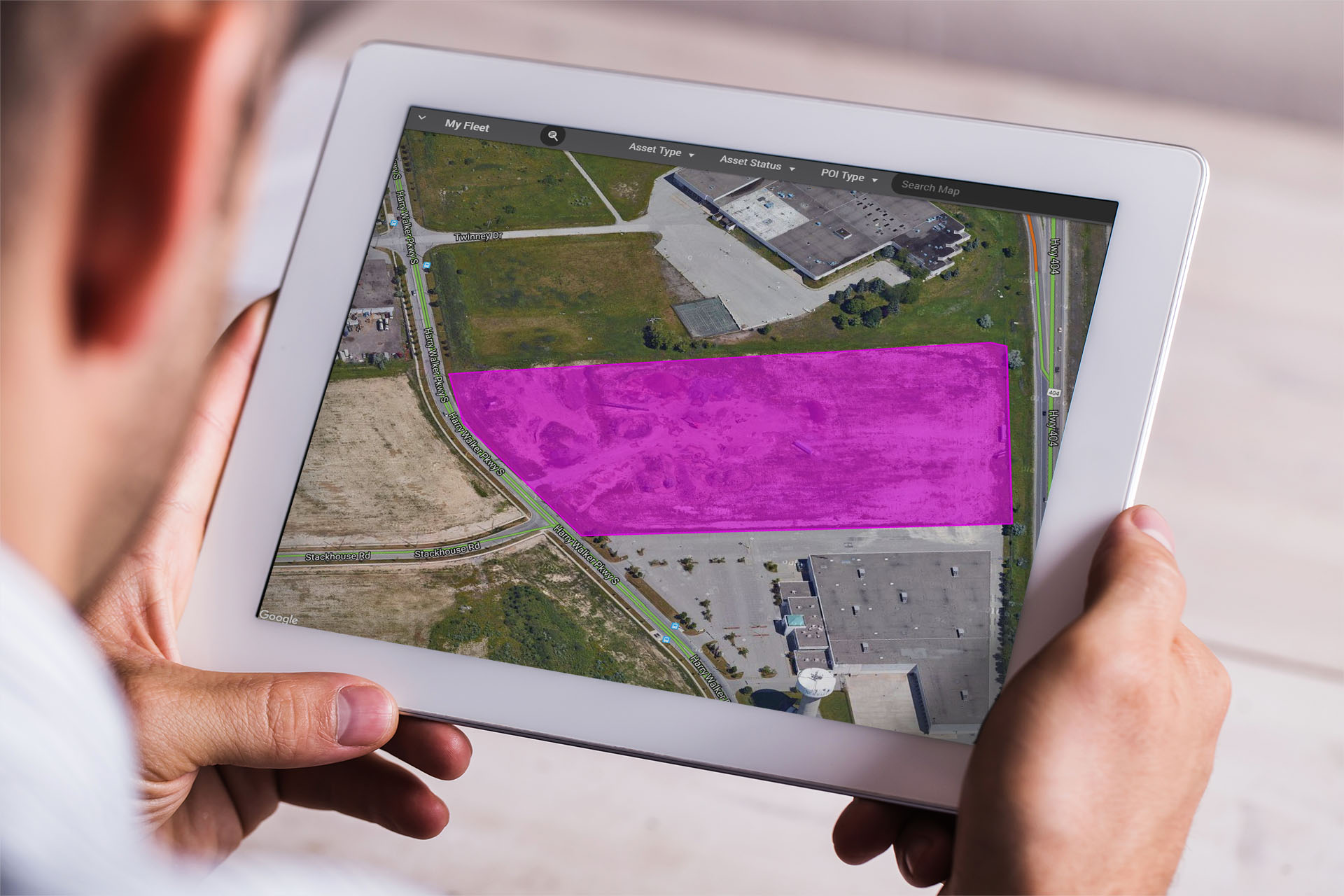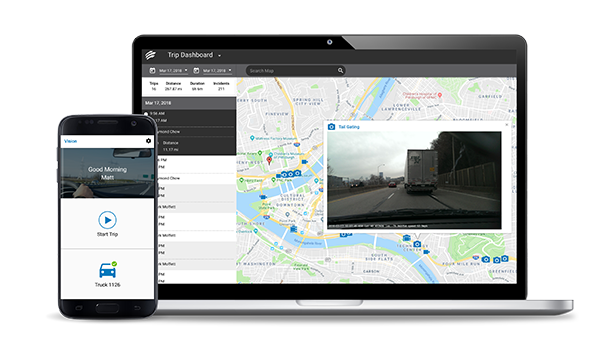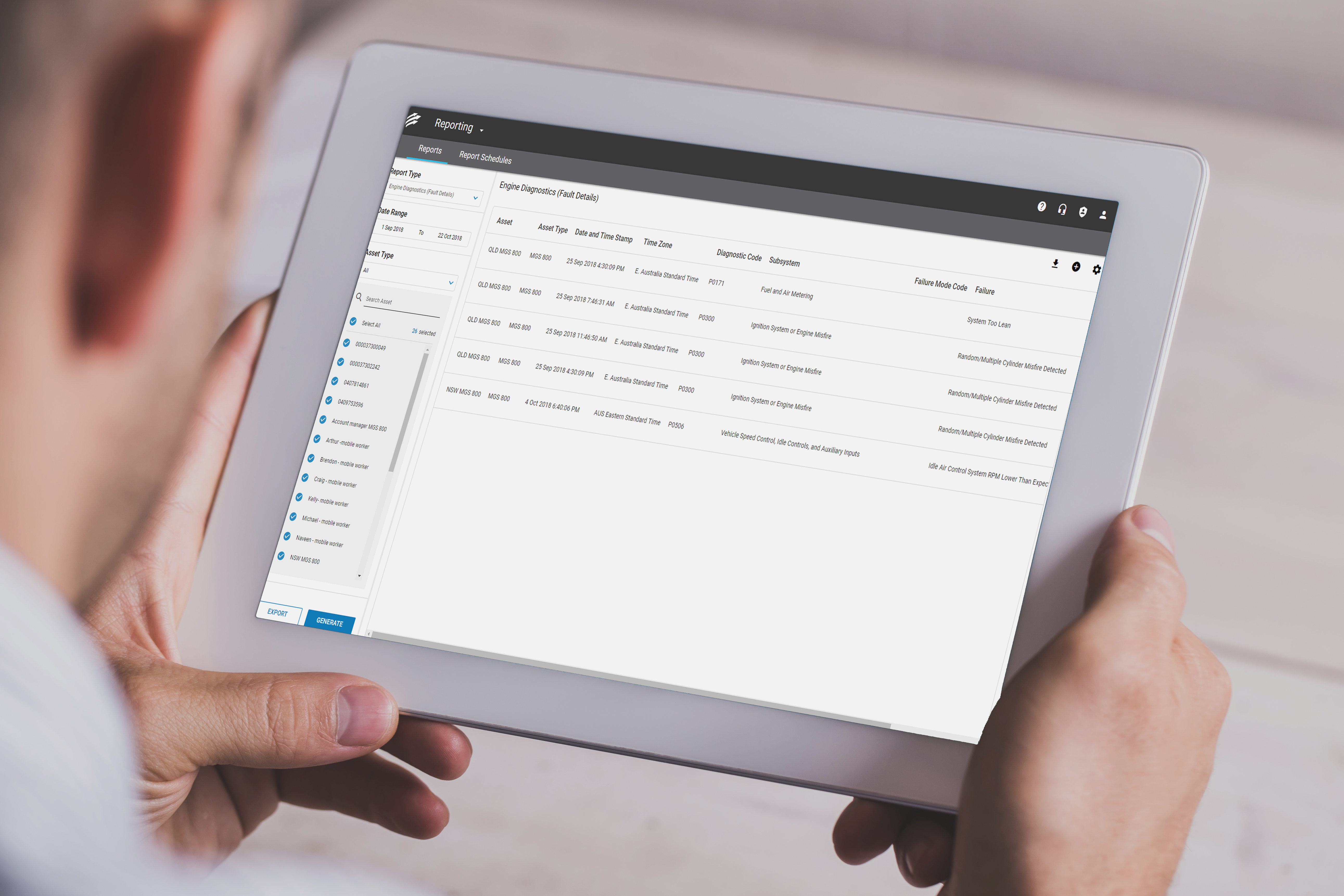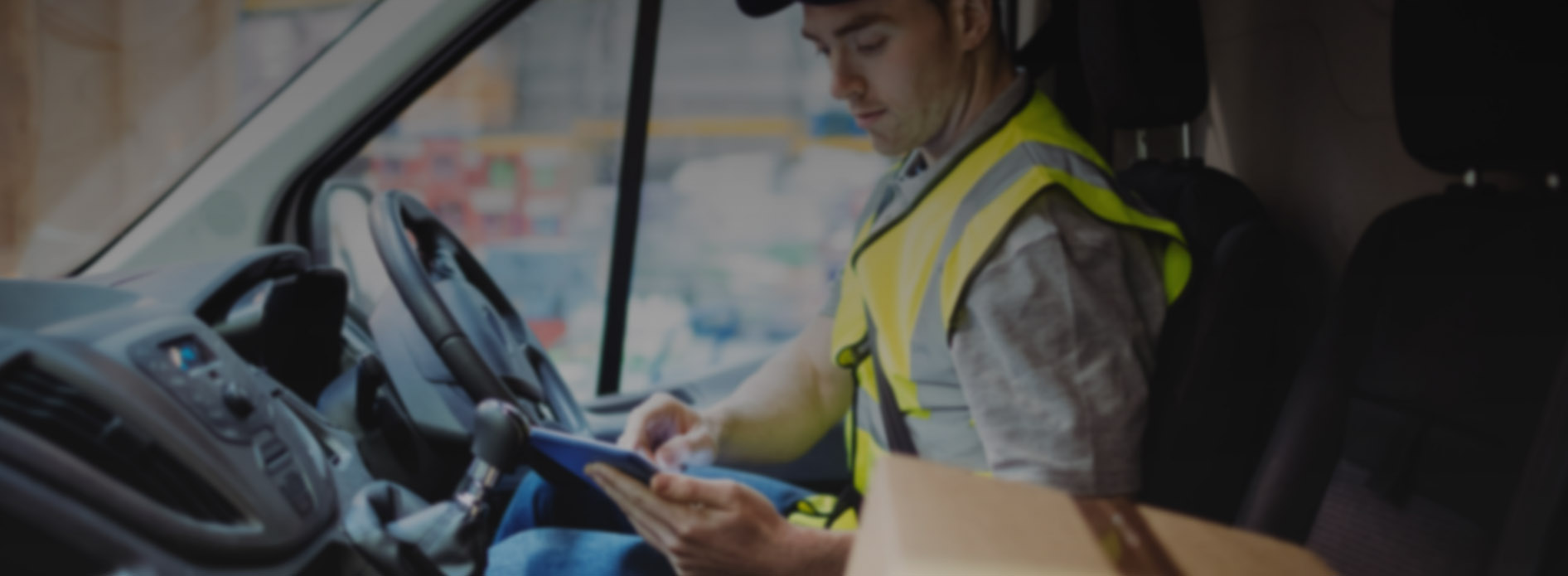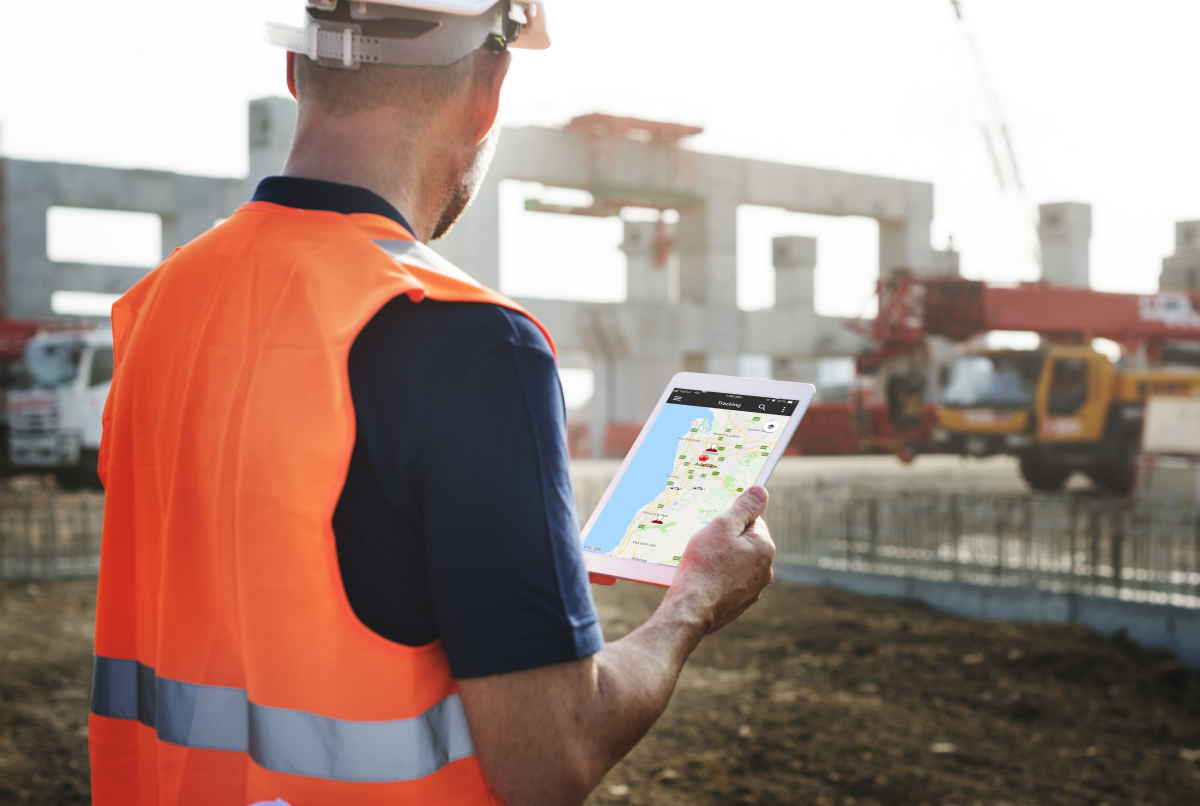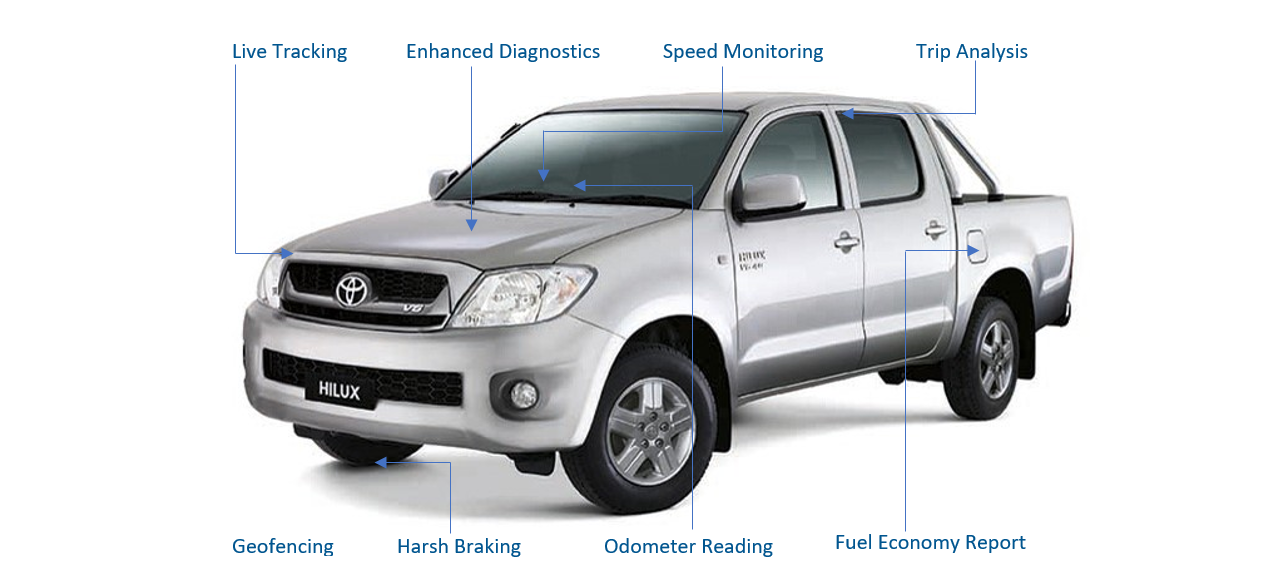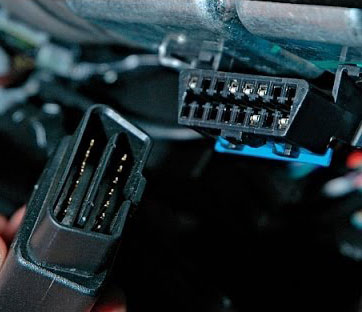Do you need to adapt your construction business to add visibility, protection, and efficiencies for your staff, assets and vehicles? Get your construction site running safely and smoothly with these solutions!

The construction industry is a significant economic driver in Australia and classified as an essential service by the Australian Government. The extent and nature of the challenges are broad in construction, yet the common denominator remains to be financial. In the steep market competition, client demands are becoming more exacting, while time-frames and contract margins are getting tighter. With this in mind, construction businesses are tightening their belts around operational efficiency and cost management in order to survive in the industry.
The bigger expenses, normally, revolve around staff and vehicles, as those are more difficult to control, as opposed to materials, and can impact the profitability of a project on a bigger scale. Consequently, for a business to succeed, it becomes crucial to manage costs and drive a leaner, smarter operation
1. Budgeting for Costs
Underestimating the amount of labour and time required when quoting for a contract is a constant challenge for many companies, especially when trying to remain competitive. Measuring your fleet performance on the basis of events and how often or how long assets were active, you are able to provide empirical evidence for faster and more accurate job quotes. For every project a company works on, setting up a POI around the locations of the construction site will enable you to monitor the times your vehicles enter or leave the premises in order to calculate the exact amount of hours spent on site with the number of workers involved.

With this seemingly simple tool, at the end of the project, you gain an accurate account of the precise labour time required for the job, and are able to use the data from other projects of similar value and scope to better plan, budget, and quote future ones.
2. Staying on Top of Expenses
Throughout the project, ensuring that pre-set milestones are met in order for the labour costs not to blow out. Precise metrics and real-time information enable companies to see their daily productivity outputs and better allocate resources in order to maximise their production capacity. Having complete visibility into the exact location of your vehicles and staff helps ensure that the on-site personnel is delivering a full day’s workload, and that all of the inefficiencies or shortcomings are handled immediately.
 Fully integrated mobile applications, like Task Tracker were specifically developed and designed to address
Fully integrated mobile applications, like Task Tracker were specifically developed and designed to address
immediacy in dispatching of assignments and jobs. With its intuitive navigation logic, the app will help create real-time workload visibility regarding your pending, in-progress, and completed tasks in one screen overview. Workers can remotely accept or decline a task on their smartphone with a single click, while your dispatchers can reallocate it to the next available resource without delay. Workers also have the ability to assign the task to themselves on the spot without intermediaries, significantly reducing phone traffic for your head office and getting to work immediately.
Having a handle on the work scope and its duration will also help improve resource distribution across multiple projects and, therefore, aid in better budget allocation. The result is an optimised matrix of operations that will allow you to deliver results in a timely, cost-effective fashion and gain more business with the same amount of resources.
3. Cutting Costs
Finding ways to cut cost is always a big challenge, as unexpected expenses can quickly arise, especially when
running a fleet of vehicles. There are many invisible factors that can lead to increased business expenses, which can be avoided if visibility is created. Excessive fuel consumption, untimely vehicle maintenance, underutilised or misappropriated equipment are all examples of factors that impact overall project costs and schedules when gone undetected.
With the tracking technology, however, you are able to monitor all of your assets and how they are being
utilised. Inefficient routing, adverse driving behaviour, idling, and after-hours usage are all causes of excessive
fuel consumption and, once under control, will help significantly reduce unnecessary fuel waste and other related costs. Engine-connectivity also allows tracking devices to conduct automatic engine checks and send
timely maintenance alerts to help prolong the life of your fleet vehicles. This will help avoid unexpected breakages that not only can halt an assignment, but also rake up a considerable repair bill.
How Fleet Complete help:
- Monitor where your equipment is with GPS tracking
- Track and retrieve assets fast, in case of theft
- View all staff on one map and stay updated on activities and jobs completed throughout the day on your mobile device or desktop computer
- Identify how often assets are being used to keep track of inventory and optimise the number of assets or equipment you actually need
- Avoid unnecessary expenses with better maintenance scheduling
With Fleet Complete Fleet Tracker and Asset Tracker solutions, you can digitally manage your inventory, set up POIs, and track your assets in real-time. If you want to add visibility, protection, and efficiencies, whilst ensuring staff safety, learn more by requesting our Fleet Complete demo.


















